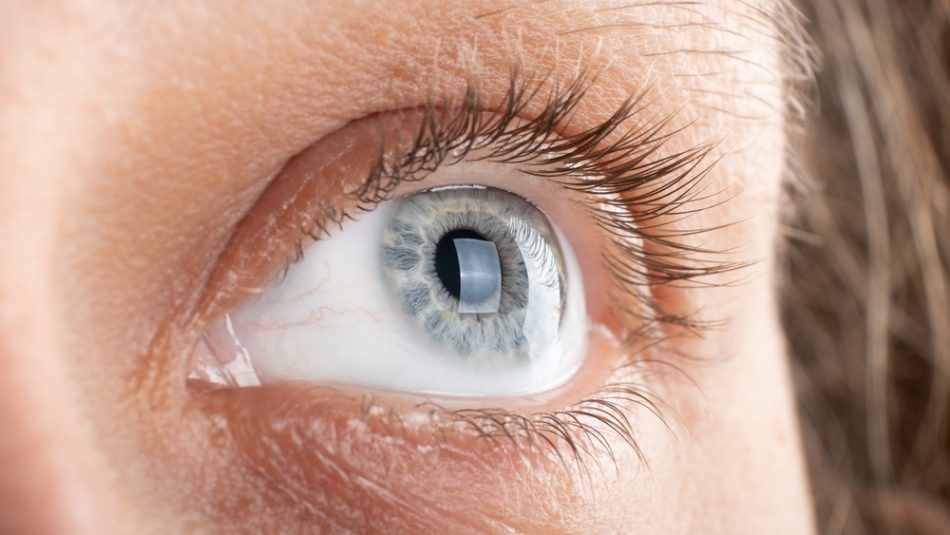Strokes are extremely prevalent
According to the CDC, IN the United States someone has a stroke every 40 seconds. For survivors, the lasting medical complications range between each individual including loss of speech, limb control, memory, and sight to name a few.
Scientists know the latter occurs because of damage to the visual pathways in the post-stroke brain. Leaving the person with sight loss on one side called hemianopia. Although tests to measure the severity of sight loss after a stroke are widely practiced, they only reveal indirect information to locate the damaged part of the brain.
Pinpointing the problem site
Using MRI scans, a research team from the University of Nottingham gained further insight into this process. Their study showed it is possible to identify each individual’s neurological region to which the damage had occurred, allowing for a clearer, more specific map of sight loss to be laid out.
“By examining different types of brain scans we can actually see areas of ‘residual vision’ — places where the eyes and brain can still process images, even if this doesn’t reach an awareness. Using MRI to pinpoint these areas of functional vision, clinicians could work with the stroke survivor and train them to recover some function in that particular spot,” said Ph.D. student Anthony Beh who led the project.
A more personalized approach
The study, published in Frontiers of Neuroscience, also displayed the fact that vision loss can be caused by a number of different types of neurological damage. Showing the one size fits all treatment plan needs an update. In the future, the group hopes this information can be used for a more personalized approach to rehabilitation therapy.
Ikram Dahman, Chief Executive Officer at Fight for Site, a UK based charity helping to stop sight loss said: “This important research gives new and much-needed hope for people experiencing sight loss due to brain injury after a stroke. This work could truly be transformative in people’s recovery, helping to restore independence and improve the overall quality of life. We look forward to the important outcomes of this study.”
Source study: Frontiers of Neuroscience – Linking Multi-Modal MRI to Clinical Measures of Visual Field Loss After Stroke












